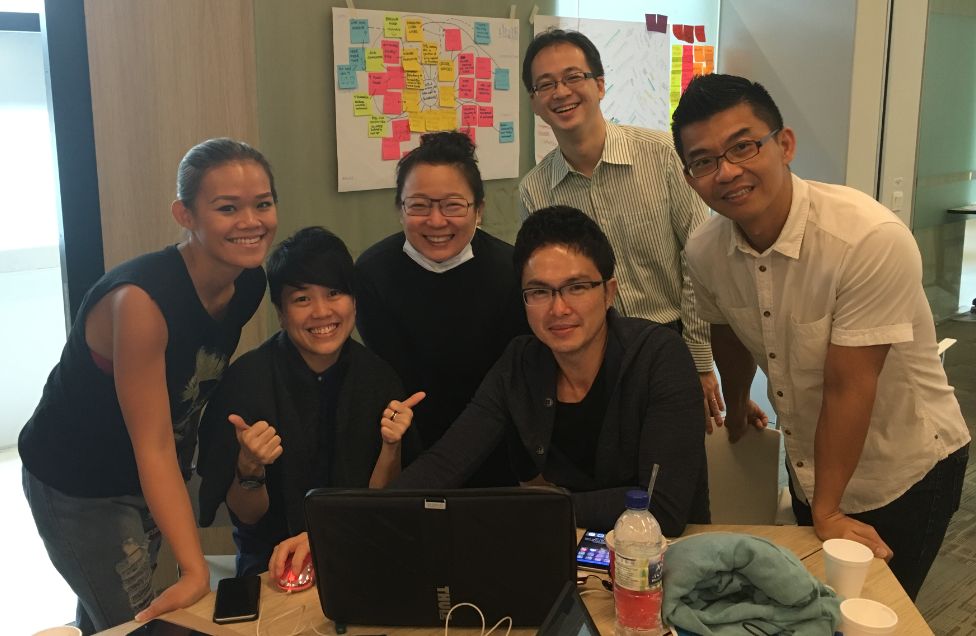Event: DSC - vHM Masterclass in Strategic Design Management
“How BIG is your HERE and how LONG is your NOW”?
Changing business landscape has transformed the role of designers from narrow aesthetic function to facilitate trans-disciplinary integration in identifying systemic shifts, anticipating future changes, developing adjacent and viable break away opportunities. Designers need to develop approach beyond institutional and disciplinary silos to address highly complex, interconnected, social cultural problems. This will enable us recognize patterns, simplify complexities, visualize hidden connections and point out opportunities for impact.
Using above question, vHM Design Futures contextualized horizons where designers could create strategic values for organizations.

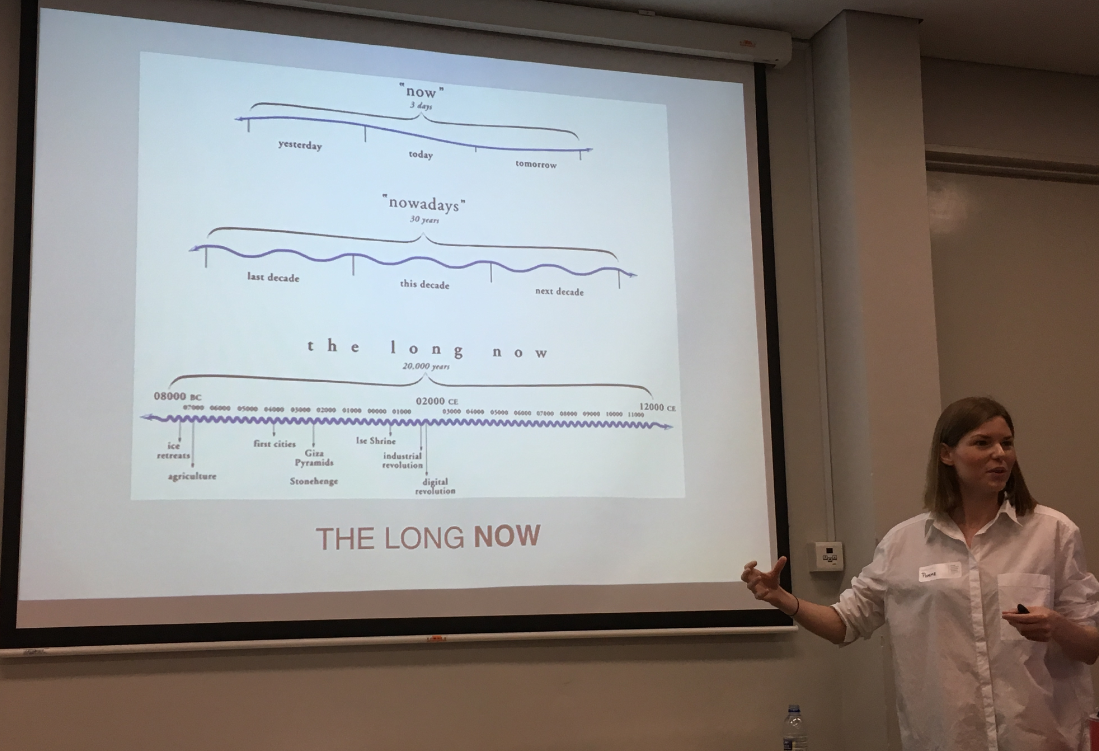
In “Master Class in Strategic Design Management” organized by DesignSingapore Council, we were introduced to vHM processes, methods and tools to manage design strategies, foresighting and visioning. vHM Design Futures is a consultancy based in London (United Kingdom) started by Clive van Heerden and Jack Mama in 2011. They were known for setting up and managing the Design Probe programme at Philips Design. The consultancy combines Clive’s experience in social-science and interaction design with Jack’s background in product and user experience design. The masterclass is also facilitated by Pomme van Hoof.
Horizon 1, 2 and 3
The first module on “Value of Strategic Design Management” looked into role of design in different organisational structures and contexts. Of particular interests are different horizons where opportunities of value creation through new product, service and business exist. To identify scenarios and trends that could manifest during the course of the next 10–20 years, vHM developed Probe Methodology to elicit contextual insights that would be used to influence next generation products/services or organisational outcomes.
Trend Map Poster
There we learned about identifying “weak signals” as series of unconventional curiosities that have not yet entered peripheral vision, recognizing local and global trends as well as false alarms using Trend Map Poster. By recognizing catalytic effects of individuals, designers need to think and collaborate across discipline in order to see full scope of a problem and achieve significant results. This shifts methodological differences into creative tension where there are high level of interaction and integration of disciplines, knowledge and skills.
Disciplinary Perspective Lenses
Using “Discipline Perspective Lenses”, participants are encouraged to engage in transdisciplinary brainstorming on the topic “How do we develop new food product / services addressing growing health problems in urban areas”. Taking perspective of retailer, farmer, chef, filmmaker, and dancer - our team ideated “Community Kitchen” concept to tackle issue of time, cost and healthy food choices.
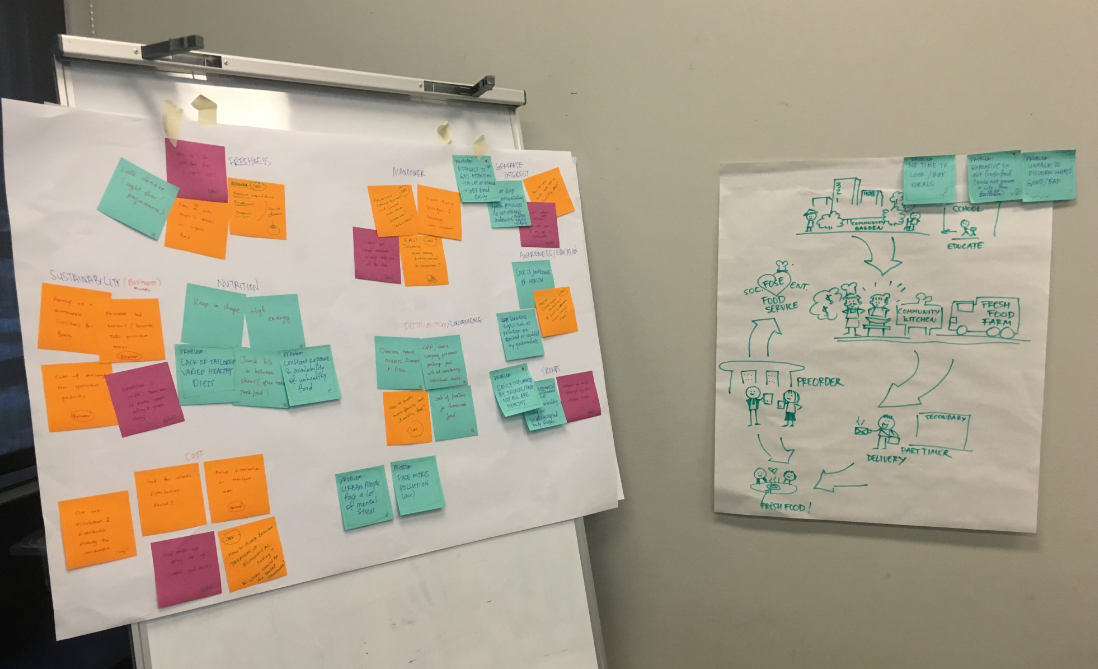
The second module on “Design Foresight and Visioning” looked into the concept of “Future Thinking” to study uncertainties and find possibilities. Since the future is not something that is but rather something that becomes, such thinking could be used to illuminate consequences how we live today - illustrating either futures we would like to head to (utopia) or avoid (dystopia).
Future thinking is not a science fiction
Organizations could apply future studies to adapt to coming events and/or explore possible ways of influencing the way things will evolve. In future study, we strive to develop foresight of alternative futures based on what is possible, plausible, probable and preferable rather than to predict single futuristic outcome. Brainstorming tools such as “Futures Wheel” can be used to map out consequences of change across technological, environmental, political, social, demographical, cultural, economical, physical and emotional directions and to find new opportunities.

We can also probe consequences using question such as “If … What does this means for …?”. A favorite topic explored by most of the group is to probe consequences “if 50% of existing jobs taken over by technology”!

Afterwards, we practiced “Weak Signal Mingle” activity to discuss potential consequences of a trend on given topic (e.g. Healthcare, Education, and Singapore) as well as “Harvesting Weak Signal” to find anomalies and spot trends from media.
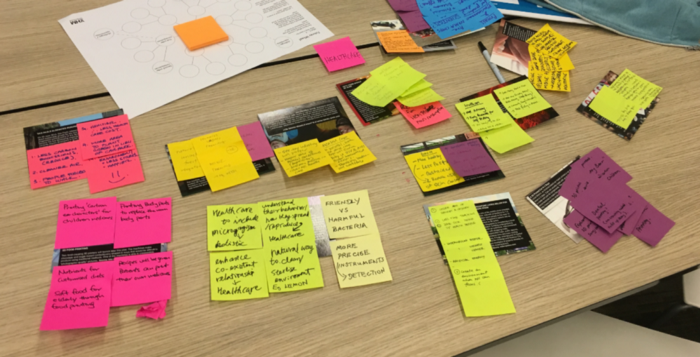
On second day of module 2, we moved from Trend Forecasting topic into Scenario Planning as being the Informed Imagination to create realistic, plausible and relevant visions of future driven by trends and signal of change.
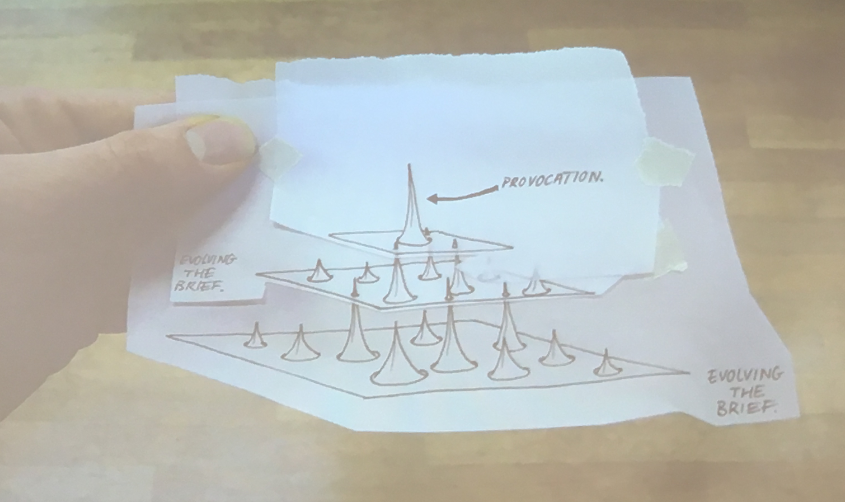
Here, we explored further vHM Probe Methodology process of defining research domain, developing disruptive scenarios, create narrative and produce provocations to address research hypothesis. Such provocation is designed to create conversation about the issue and uncover contextual insights that can be used as input to near term research and new product roadmaps.
One example of such provocation is “Microbial Home probe”, where vHM explored viability biological solution to replace conventional electromechanical solutions at home and work based on underlying idea that “nature knows no waste”.

Participants are then given project challenge to address downturn of printing industry despite upward trend of digital photography. We were exposed to historical perspectives and selected works that explore nuances of preserving memory.
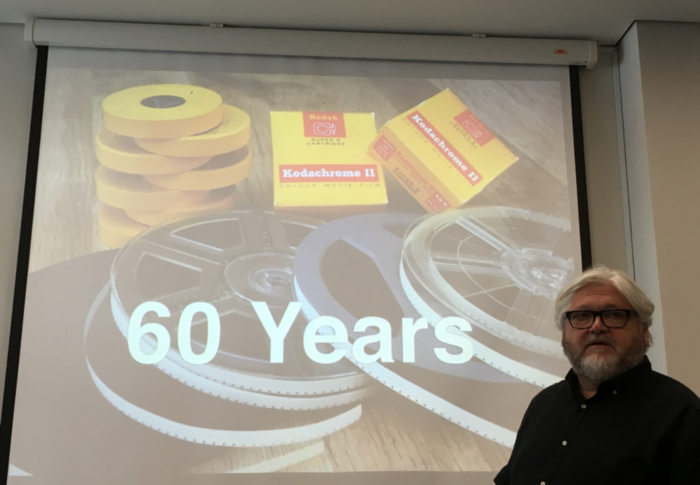
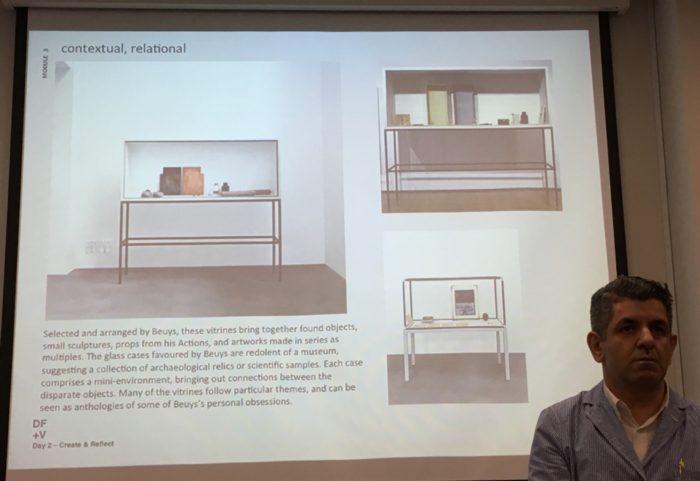
The group are then asked to establish research domain by building design vocabularies, perform association and select provocative probe. This results in topics such as “subliminal camera”, “invisible reality”, “momentary eternity”, etc.
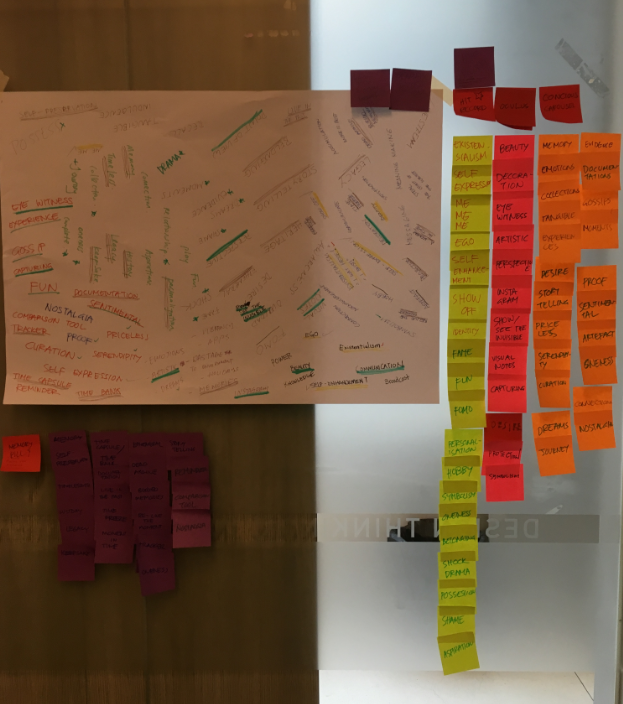
On third day of module 2, vHM showcased “Metamorphosis” project as example of how they identified new breakaway opportunities area and expanded company’s business.

The groups were then asked to establish probe scenario, interrogate weak signals and formulate research questions for project challenge. Our team decided to probe the idea of “making invisible visible” and explore questions on transhumanity and body as sensors that tell no lies.
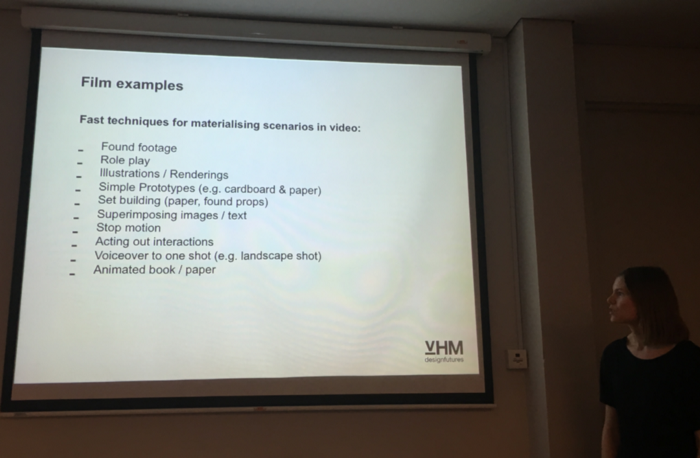
After demonstration of techniques for materializing scenarios, the groups were to design storyboard and create video on our design provocation. It was definitely intense work out which continued until late at night!
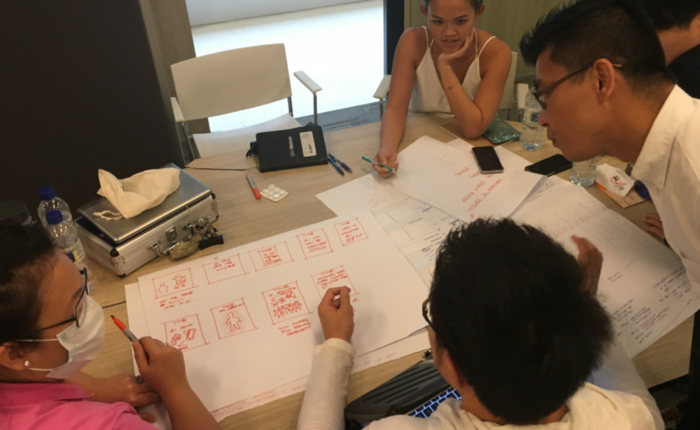
Module 2 lecture concluded on day 4 with short explanation on strategizing audience to harvest insights and planning follow through. We then had the much-awaited group project presentation of their probes and feedback gathering.
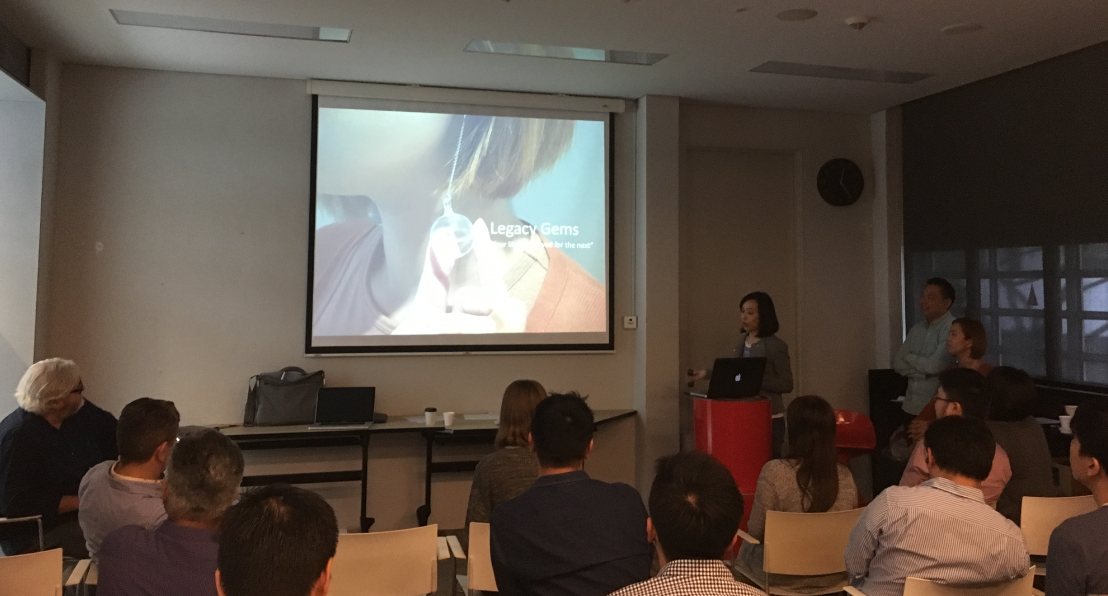
There we showed the line of sight to business challenges and explained how our probe could open up new possibilities. We also posed questions to elicit audience insights whether proposed technology that reveal the invisible would make people more self-centered or caring? More vulnerable or empowered?
I was captivated by thought-provoking narratives prepared by every group and dialogues that follow. Attending this workshop has been an enriching experience - It inspired me to develop sensitivity towards emerging, idiosyncratic, uncommon phenomenon and create meaningful value for organization by expanding the design horizons.
